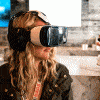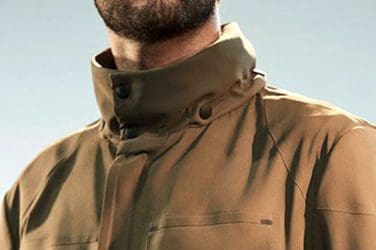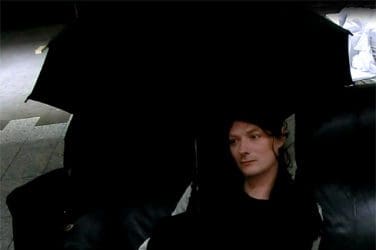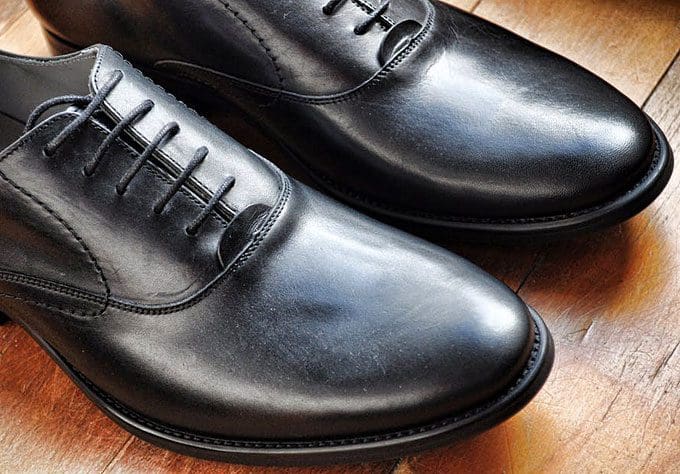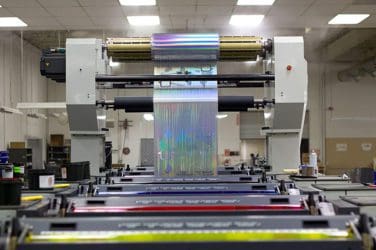How technology is saving the high street – words Alexa Wang
Online shopping is here to stay. But that doesn’t mean the high street is dead. Instead, high street fashion brands are using new technology to transform the shopping experience and keep a steady stream of customers coming in through their doors.
The technology has changed shopping in a variety of ways, behind the scenes and before customers’ eyes. And as long as retailers stay on top of the latest developments, the high street might just continue to thrive.
Technology turns shopping into an experience
Many new developments in the world of tech have allowed retailers to completely transform high street shopping, moving the experience away from the routine affair we have come to know and (sometimes) love, towards a more exciting event.
An in-depth report from industry insiders OCS Retail Support has hailed the rise of “experiential shopping.” A combination of new technology makes this possible, turning shopping into an interactive experience like almost no other.
The John Lewis flagship store on Oxford Street used VR to recreate its famous “Buster the boxer” advert in 2016, bringing thousands of customers to the store for more than just the shopping. Visitors to the store were given the opportunity to don an Oculus Rift headset, step onto a trampoline and bounce away with the titular Buster and his wildlife friends.
As well as VR, high street clothing stores are using augmented reality (AR) to enhance the shopping experience. AR-enabled mirrors can show shoppers what they would look like wearing certain outfits without them having to try the outfits on. These “virtual fitting rooms” are already in operation at Topshop in Moscow.
RFID makes augmented reality shopping happen
These virtual fitting rooms take more than AR animation to work. To bring up an image of a specific item of clothing, these mirrors read radio frequency identification (RFID) tags attached to the items. These tags, commonly used in supply chains and for stocktaking, emit unique codes with information about the items they are attached to.
As this video for the AdvanMirror shows, sensors pick up information from an item of clothing, and then overlay a digital image of the clothing over the potential buyer to show them what it would look like if they really had it on.
Other features of AR mirrors include the ability for users to take pictures of themselves in the outfits and to change the colours of the outfits digitally to save trying on multiple garments.
RFID technology is improving high street shopping in other ways, perhaps less obvious to the customer. Smart shelves can be equipped with RFID sensors to keep track of how many items are left in stock. When the sensors notice there are no more products on the shelf, they can send a message to shopkeepers, reminding them to stock up.
This technology has helped reduce “out of stocks” in retail stores. Tesco, for example, reduced “out of stocks for its F+F clothing range by 95% when it added RFID tags and sensors. Research shows that out of stocks cause up to 43% of shoppers to go to rival stores, so anything that can be done to reduce them is good for the retailer who values the customer, and for the customer who values convenience.
Sensory advertising brings more people into shops Technology isn’t just being used to change the shopping experience itself. It is also a key part of modern marketing techniques, bringing customers into the stores in the first place, and encouraging them to make purchases while they’re there. Inventions like digital poster screens have become so advanced that they could give consumers the option of ordering products to collect in-store.
Tesco teamed up with Disney to create a free sticker book tie-in with the movie Frozen. The book allows customers to use their phones to take selfies alongside their favourite characters from the hit film. This campaign was hailed as a hugely successful collaboration between brand and retailer.
Behind the scenes and inside the stores, new technology is turning high street shopping into a brand new experience, one that is not likely to disappear any time soon.
How technology is saving the high street – words Alexa Wang

